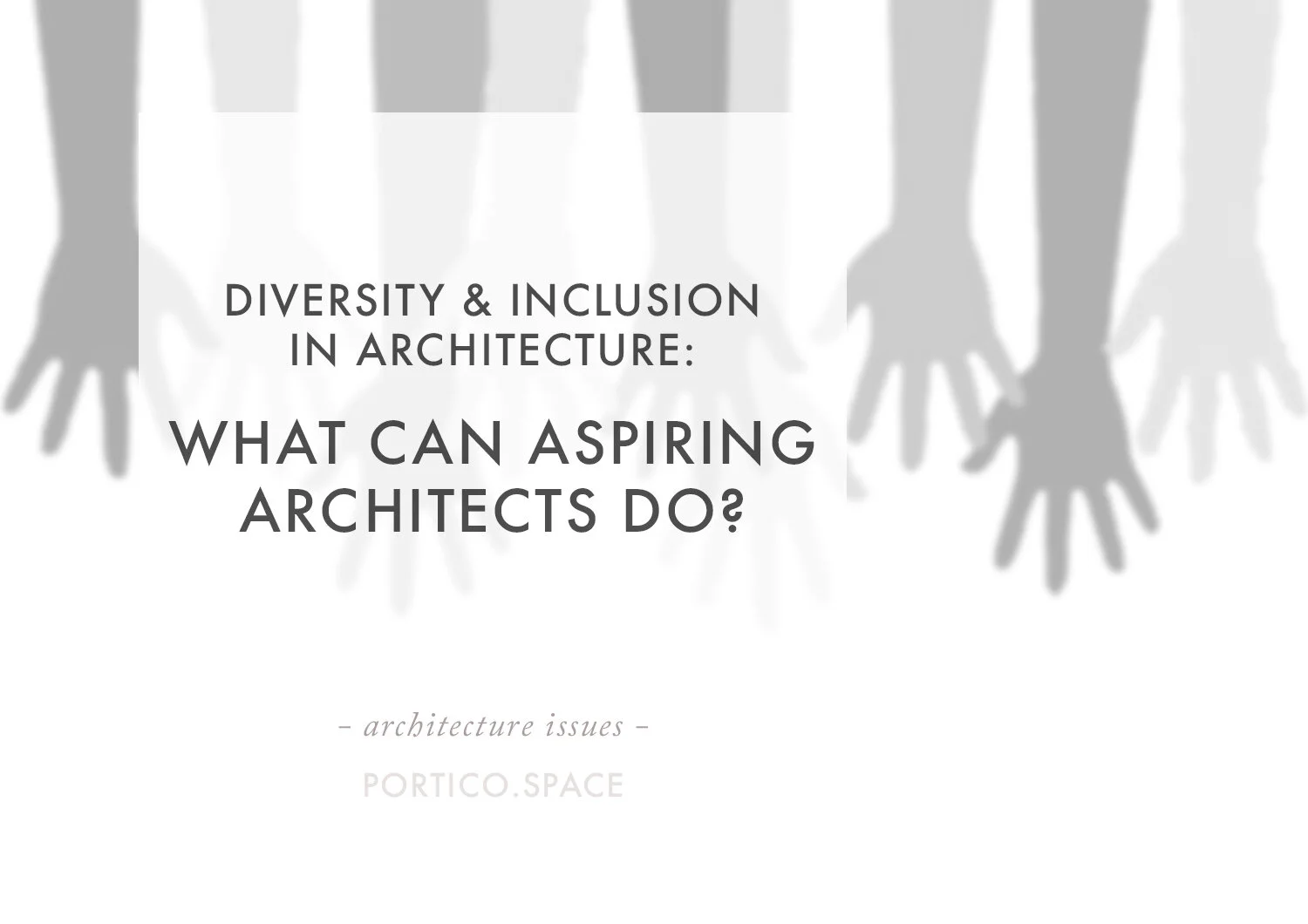How to cultivate an open mind & prepare yourself for architectural thinking
There is one simple thing that has played a huge part in helping me on my architectural path:
AN OPEN MIND
“Three ways to cultivate an open mind: awareness, imagination, reflection. ”
There is no doubt that my visual and artistic skills, and ability with words, have played a big part in helping me to move forward in architecture. But having an open mind is what I attribute to having had the single largest impact on my development as an architectural student and graduate, in ways that other skills alone could not have had.
Architecture is about engaging with the world around us and envisaging things that don’t exist yet. Thinking about the world differently to the ways in which we currently know it. A great architect will undertake deep, considered analyses of existing conditions, absorbing information about the physical, social, economic, and climatic conditions and how these intertwine.
Armed with this insight, they will then develop a sensitive response, extending the capacity of the place beyond the anticipated. In this process, both in how they come to know the site in the beginning, and how they approach it, an open mind is a critical tool.
PREPARE YOURSELF FOR ARCHITECTURAL THINKING
Like most students, you will probably be starting architecture school after a long, luxurious and possibly slightly anxious summer break. To avoid a huge shock to the system, there are a couple of things you can do to prepare your mind to warm up to thinking like an architect. Nothing strenuous, I promise. Baby steps.
1. Build awareness
Awareness is a practice. It's about being present. Observing your surroundings. Paying attention to the qualities of things things around you. A sure way to ignite awareness is to travel. There's nothing like seeing new places to make you really stop and look.
But you don't need to travel to build awareness.
It can be as simple as looking at your city, your street, or your backyard in a different way. Notice how people move through spaces. Tilt your head and look up, take note of the skyline. See how the weather interacts with the streets, how materials age differently. Even now, I manage to notice new things about the same places I pass through everyday.
2. EXERCISE YOUR IMAGINATION
One of the best things you can do is to make drawing a habit. Even, no especially, if you don’t normally draw. Get your eye in. Draw things you see, draw from memory, doodle patterns & shapes in front of the TV. Map your movements, map your story. Then spend time thinking about what you are drawing with, how you can produce different effects.
Another great, and fun, way of engaging with architectural thinking is to make up stories for the people you see in the street, on the train, or in a film. Where are they going, and why? How are they moving through space, how do they relate to the buildings around them, and what does this suggest about their profession? What does their voice sound like? What will they do on the weekend? Making up stories is a way of opening up your imagination, but also of beginning to think through the intricacies of people - something that will come in handy when working with clients.
3. PRACTISE REFLECTING
Finally, take the time to connect the dots. Reflect on an awe-inspiring experience you have had. Recall the feeling as your heart warmed. What role did architecture play? Was it about the building form and volume, the detail, or the sequencing of space? Bring the space back to life in your mind, and learn from the experience.
Opening your mind through practising awareness, imagination and reflection will position you to best engage with projects and possible design responses.
Do you have any other techniques you use to open your mind up?
Let me know in the comments below!




